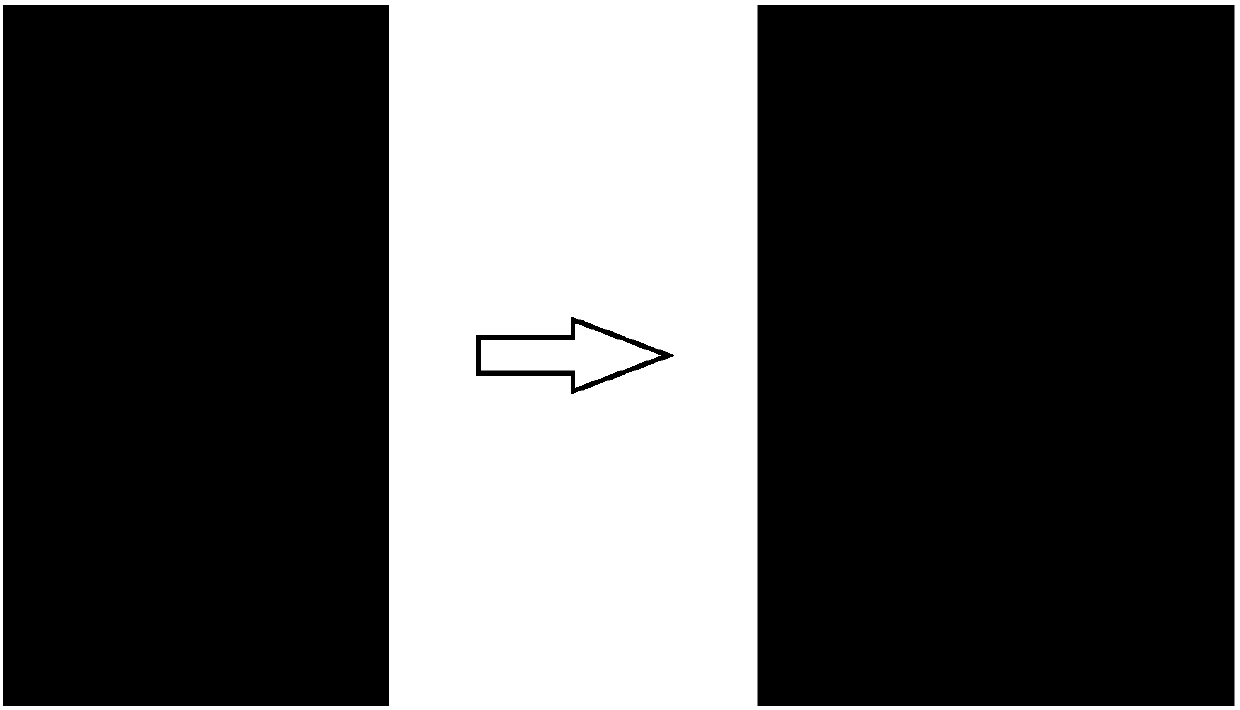Methods for degrading and recycling cross-linked polymers and reinforced polymer composites
A technology for strengthening composite materials and cross-linked polymers, which is applied in the direction of plastic recycling and recycling technology, and can solve the problems of strong corrosiveness, unsafety, and unfriendly environment of phenol, and achieve mild recovery conditions, stable quality, and easy control. Effect
- Summary
- Abstract
- Description
- Claims
- Application Information
AI Technical Summary
Problems solved by technology
Method used
Image
Examples
Embodiment 1
[0033] The preparation of embodiment 1 curing agent A
[0034]
[0035] Mix 1000g N-(2-hydroxyethyl)phthalimide, 157g paraformaldehyde, 6.8g anhydrous p-toluenesulfonic acid and 1.5 liters of toluene, DEAN-STARK reflux to separate water. After refluxing for 20 hours, the reaction was completed, lowered to room temperature, added 2 liters of petroleum ether (boiling range: 60-90 ° C), obtained a white precipitate, filtered, washed with 1 liter of petroleum ether, and dried the solid to obtain 950 g of crude product, added 3.4 Lit up 20% NaOH solution, heated and refluxed for 10 hours, cooled, added chloroform / isopropanol (3:1) for extraction, layered, the organic phase was dried with anhydrous sodium sulfate, and distilled under reduced pressure to obtain 200g curing agent A (70Pa vacuum condition The lower boiling range is 71-72°C).
Embodiment 2
[0036] The preparation of embodiment 2 curing agent B
[0037]
[0038] Put 80g of toluene and 440g of 3-chloroglycerin into the reaction flask, add 548g of chloroacetaldehyde dimethyl acetal and 3g of p-toluenesulfonic acid under stirring, and slowly heat up the system. Dean-Stark refluxed methanol for 12-16 hours. After the reaction, the temperature was lowered to below 40°C, and an appropriate amount of sodium carbonate was added to the reaction flask to adjust the pH value of the reaction liquid system to be close to neutral. Then, the reaction liquid was concentrated under reduced pressure, and all the toluene was recovered to obtain 760 g of the chlorinated product intermediate.
[0039] Add 400ml of N,N-dimethylformamide into a three-necked flask, add 231g of phthalimide potassium salt and 86.5g of chlorinated intermediate under stirring, raise the temperature to 150°C, and react for 8 hours. , concentrated under reduced pressure to reclaim DMF, the residue directly ...
Embodiment 3
[0040] The preparation of embodiment 3 curing agent C
[0041]
[0042] 89g of 2-nitropropane, 30g of paraformaldehyde and 100mL of triethylamine were stirred and reacted at 45°C for 0.5 hours. The reaction mixture was filtered to obtain 60 g of 2-methyl-2-nitro-1-propanol.
[0043] 11.9 g of 2-methyl-2-nitro-1-propanol, 5.7 g of 2,2-dimethoxypropane, 0.3 g of p-toluenesulfonic acid, and 500 mL of cyclohexane were mixed, extracted and evaporated with a Dean-Stark receiver of methanol. After 6 hours, the solution was cooled to room temperature, and an appropriate amount of sodium carbonate was added to the reaction flask, and then the reaction solution was concentrated under reduced pressure to obtain 5.7g 2-methyl-1-((2-(2-methyl-2-nitro Propoxy)isopropyl)oxy)-2-nitropropane.
[0044] Mix 1g of 2-methyl-1-((2-(2-methyl-2-nitropropoxy)isopropyl)oxy)-2-nitropropane, 0.1g Raney nickel and 25m methanol, The reduction reaction was conducted by passing hydrogen gas at 55° C. ...
PUM
| Property | Measurement | Unit |
|---|---|---|
| Thickness | aaaaa | aaaaa |
| Viscosity | aaaaa | aaaaa |
Abstract
Description
Claims
Application Information
 Login to View More
Login to View More - R&D
- Intellectual Property
- Life Sciences
- Materials
- Tech Scout
- Unparalleled Data Quality
- Higher Quality Content
- 60% Fewer Hallucinations
Browse by: Latest US Patents, China's latest patents, Technical Efficacy Thesaurus, Application Domain, Technology Topic, Popular Technical Reports.
© 2025 PatSnap. All rights reserved.Legal|Privacy policy|Modern Slavery Act Transparency Statement|Sitemap|About US| Contact US: help@patsnap.com



